Consumed Nostalgia
Consumed Nostalgia
MEMORY IN THE AGE OF FAST CAPITALISM
Gary Cross
Columbia University Press

New York
Columbia University Press
Publishers Since 1893
New York Chichester, West Sussex
cup.columbia.edu
Copyright 2015 Columbia University Press
All rights reserved
E-ISBN 978-0-231-53960-9
Library of Congress Cataloging-in-Publication Data
Cross, Gary S.
Consumed nostalgia : memory in the age of fast capitalism / Gary Cross.
pages cm
Includes bibliographical references and index.
ISBN 978-0-231-16758-1 (cloth : alk. paper)
ISBN 978-0-231-53960-9 (e-book)
1. Consumption (Economics)Social aspectsUnited States.
2. Consumer behaviorSocial aspectsUnited States.
3. Nostalgia. I. Title.
HC110.C6C763 2015
306.30973dc23 2014045595
A Columbia University Press E-book.
CUP would be pleased to hear about your reading experience with this e-book at .
Jacket design by Noah Arlow
References to websites (URLs) were accurate at the time of writing. Neither the author nor Columbia University Press is responsible for URLs that may have expired or changed since the manuscript was prepared.
CONTENTS
Strange isnt it? Many of us run after novelty and idolize youth; quickly grow tired of our celebrities and look for new ones; and, if we are old enough and (perhaps) fortunate enough, display pictures of our kids but not our parents, much less our ancestors. Everything is ever new.
Yet those of us who have reached the fullness of life also collect the past, albeit often in the form of its noveltiesG.I. Joes, Barbies, and 1950s or 1970s kitchen knickknacks. Those who are younger, say in their thirties or even twenties, may already be collecting the toys and dolls of their youth. Some may be unwilling or just slow to empty their childhood bedrooms of their posters of rock stars or sports heroes, school trophies, and video games when they go off to college and beyond. And even if a lot of us didnt like history in school and never read those historical markers along the road, we may watch cable TV channels devoted to the pastTV Land or even the History Channel (at least for the programs about the Wild West or World War II that may have fascinated us in our youth). We long for the past, no matter what our age. We moderns run away from the unmodern and embrace an accelerating pace of change, yet, at the same time, we crave what was once novel but what we long ago discarded. We are nostalgiacs.
Why is our novelty culture so fixed in our memory? Have we simply changed our minds and now turn what was once waste into want? Is the fast pace of our lives and culture just too great for us to cope with, obliging us to stop to catch our breath and maybe just to look back a little? Perhaps. But our longing to recapture the past isnt that simple or that easy to understand. The fact that many middle-aged Americans might be interested in somehow recapturing their childhoods by collecting toys may not surprise us, but shouldnt it? And the passion of collectors is often curious, even bizarre. In 2000, a founder of a software company, Brian Styles, had the time and money to collect seven hundred Lego sets and insure his lode for $60,000. Hot Wheels, a toy-car line popular in the late 1960s, has inspired a newsletter serving about three thousand adult subscribers and whose editor possessed nearly thirty thousand Hot Wheels. A few years ago, a rare pink VW Beach Bomb Hot Wheels toy was valued at more than $10,000. The crazy prices paid for injection-mold plastic knows no limit: Stephen A. Geppi, the CEO of Diamond Comic Distributors, paid $200,000 for the first handcrafted G.I. Joe.
No doubt the things of childhood touch a special sentimental nerve. But why would anyone but the curators of a computer history museum want to collect, repair, and display Apple I computers? Yet engineers sometimes do, even if an Apple I that cost $666 when manufactured in 1976 fetched up to $20,000 by 2005 but could do far less than the cheapest computer available at Best Buy.
Much of this is the debris of a modern manufacturing economy that has an extraordinary capacity to produce endlessly changing lines of stuff, used briefly and sometimes not at all, before being discarded for new stuff. But many of us still want or even need to dig through the trash heaps to turn old novelty into new nostalgia. Some of this junk is collected simply because it is rare and thus valuable, often only because it was unsuccessful in the market back when. This is only one of the many curious properties of the nostalgia market.
At the same time, many items that seem to make the saved and savored pile help us recall the past, and these things may be in plentiful supply. Take, for example, old board games. The object of the nostalgia game is not to have the oldest or most original item but the game that brings back memories of a particular time and place. Beyond reasons of camp, why would anyone except a woman who was a tween in the mid-1960s want Twiggya game that makes every girl like Twiggy, the Queen of Modor The Samantha and Endora Game: Bewitched!? The same principle seems to apply to Gen-X collectors of Pac Man, Demon Attack, Space Invaders, and other Atari cartridge video games from the late 1970s.
A lot of this stuff appeals to relatively small groups of collectors, those people seeking a niche where they can specialize, stand out, tell a story, and perhaps have an opportunity to catch them all, as advertising for Pokmon toys once urged kids to do. But the passion often goes deeper; it might even be akin to religious fervor. Who hasnt been astounded by Elvismania? Since his death in 1977, his widow and daughter have made a fortune from not just his songs (including now a satellite radio station devoted exclusively to the King) but also from his relics. In the early 1990s Elviss American Express credit card sold for $41,400, and Elvis-themed lipstick (Hound Dog orange and Love Me Tender pink) manufactured in the late 1950s found buyers at $350.
Nostalgia for our own pasts is about more than possession (or being possessed). It is also summoned by the senses. An obvious example is the fixation on the music of youth in the thousands of oldies radio stations, the recent renewed interest in vinyl records (those LPs that disappeared from stores in 1991 for CDs), and the frequent stories of has-been rock bands renewing their depleted fortunes with comeback concert tours. Added to nostalgic sounds is the appeal of half-forgotten tastes (revivals of long-defunct candy bars, for example). Sights, sounds, smells, and tastes all evoke memory and the desire to renew the sensuousness and emotions that went with it.
Enterprises, both public and private, have sprung up to meet the demand for nostalgia. Amazing arrays of sites restore, collect, preserve, and romanticize lost crafts and lifeways. These include not only local and specialized heritage and history museums but restored railroads and annual festivals of small towns. Perhaps the most successful are highly commercialized places, most notably many of Disneys theme-park attractions (beginning with Main Street USA). Nostalgia for the sounds, sights, and objects of the past has created a whole range of longings. And these have been excited and extended by all kinds of consumer industriesmagazines, movies, comic-book stores, retro novelty shops, and old-time TV channels, not to mention numerous themed amusement parks, restaurants, and bars. The magic of consumer satisfaction makes nostalgia a major business. And like all entrepreneurial efforts to meet a demand, these impresarios of memory also create and channel that need, pricking the bud of desire, giving vent to its extravagant blooming, and shaping it in ways that increase sales.

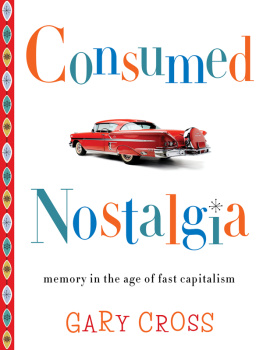
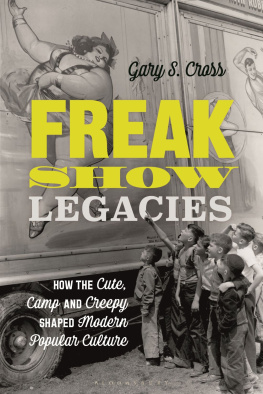
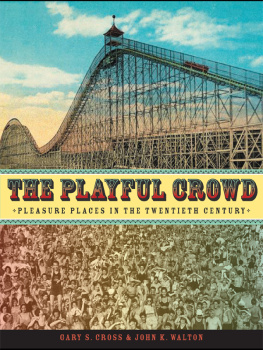
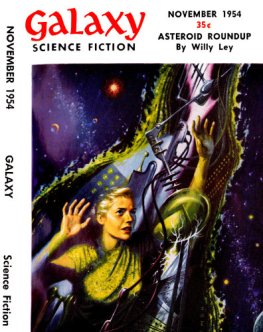
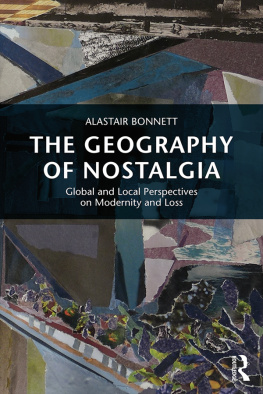
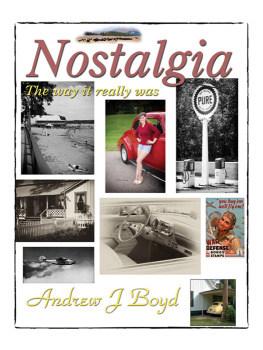


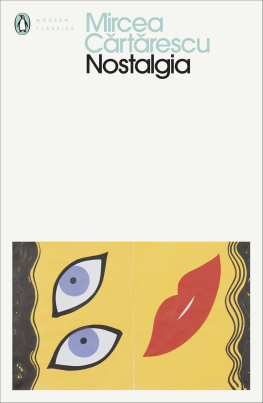
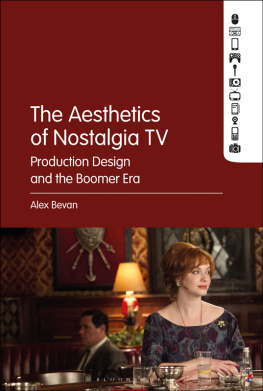
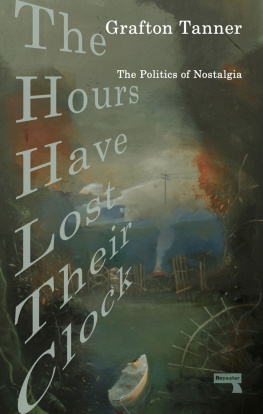
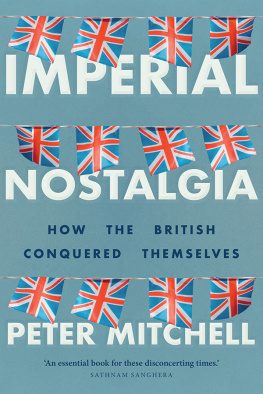
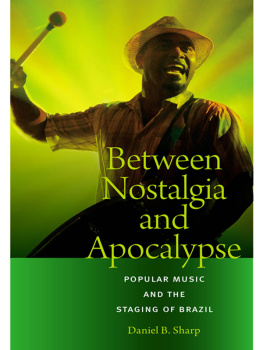
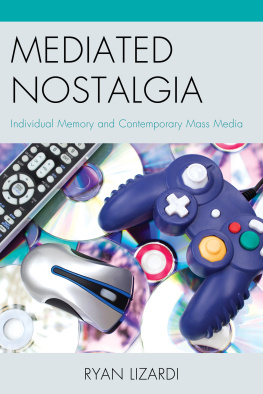
 New York
New York